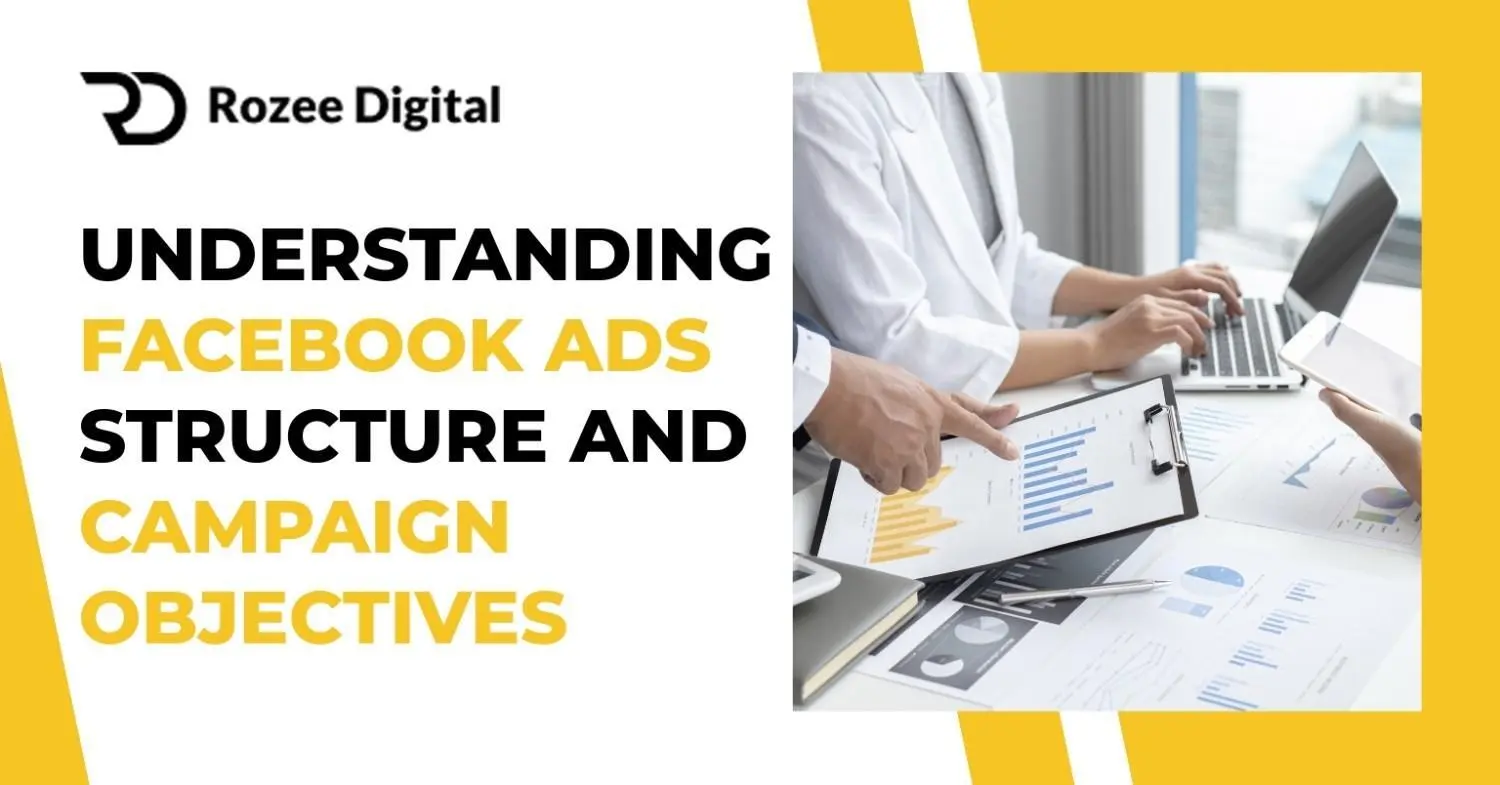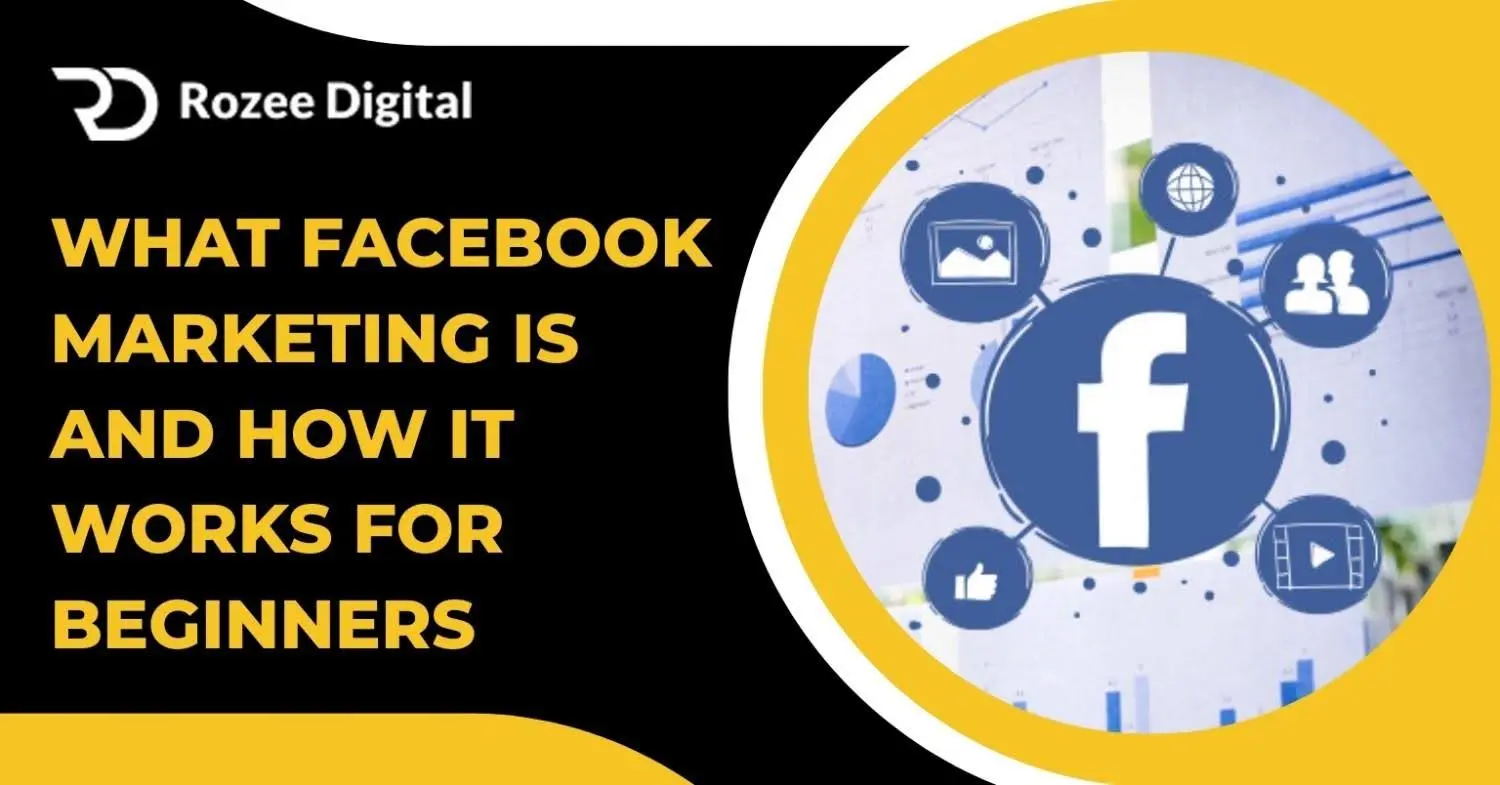
The Importance of Landing Page Optimization
In the world of online advertising, landing page optimization plays a critical role in turning clicks into customers. A well-optimized landing page can significantly improve the effectiveness of your pay per click (PPC) campaigns and boost your conversion rates. Let’s explore the fundamentals of landing page optimization and why it matters.
What is a Landing Page?
A landing page is a standalone web page that is specifically designed to capture the attention of visitors and encourage them to take a desired action, such as making a purchase, signing up for a newsletter, or filling out a contact form. Unlike other pages on your website, landing pages are created with a single objective in mind: conversion.
Landing pages are typically linked to from various online advertising channels such as Google AdWords, Facebook Ads, YouTube Ads, Bing Ads, Instagram Ads, Twitter Ads, and LinkedIn Ads. These pages serve as the destination for users who click on your ads, guiding them through the conversion process.
Why Landing Page Optimization Matters
Landing page optimization is crucial because it directly impacts the success of your online advertising campaigns. Here are a few reasons why landing page optimization matters:
- Increased Conversion Rates: By optimizing your landing page, you can create a seamless and persuasive user experience that encourages visitors to take the desired action. This can lead to higher conversion rates and a more efficient use of your advertising budget.
- Improved Ad Relevance: When your landing page aligns closely with the ad that users clicked on, it creates a sense of continuity and relevance. This helps to reinforce the message and increases the likelihood of conversion.
- Better Quality Score: Search engines like Google consider the quality and relevance of your landing page when determining your Quality Score. A higher Quality Score can result in better ad rankings and lower costs per click, making your campaigns more cost-effective.
- Enhanced User Experience: A well-optimized landing page provides a positive and user-friendly experience. It ensures that visitors can easily find the information they are looking for, leading to increased satisfaction and a higher likelihood of conversion.
To achieve these benefits, it’s important to focus on key elements such as a clear and compelling headline, concise and persuasive copy, and a strong call-to-action. Moreover, designing an effective and user-friendly landing page with attention-grabbing visuals and a mobile-friendly layout is crucial. By continuously optimizing and testing your landing page performance, you can make data-driven decisions to improve its effectiveness.
In conclusion, landing page optimization is a vital component of successful online advertising campaigns. By creating a well-optimized landing page, you can maximize the potential of your PPC marketing efforts and increase your chances of turning clicks into valuable customers.
Key Elements of a Well-Optimized Landing Page
To make the most of your landing page and convert visitors into customers, it’s essential to optimize it effectively. A well-optimized landing page should include three key elements: a clear and compelling headline, concise and persuasive copy, and a strong call-to-action.
Clear and Compelling Headline
The headline is the first thing visitors see when they land on your page, and it plays a crucial role in capturing their attention. It should clearly communicate the value proposition and main message of your offer. A compelling headline should be concise, captivating, and relevant to your target audience. It should provide a clear indication of what visitors can expect from your product or service.
For example, instead of a generic headline like “Buy Now,” a more effective approach would be to use a headline such as “Transform Your Skin with Our Revolutionary Skincare Products.” This headline clearly communicates the benefit and captures the interest of your target audience.
Concise and Persuasive Copy
The copy on your landing page should be concise, yet persuasive enough to convince visitors to take the desired action. It should highlight the key benefits of your product or service and address the pain points of your target audience. Use clear and concise language to convey your message effectively. Avoid jargon or complex terms that may confuse or alienate your visitors.
Ensure that your copy is scannable and easy to read. Use bullet points, subheadings, and short paragraphs to break up the text and make it more digestible. Incorporate persuasive language, such as customer testimonials or success stories, to build trust and credibility. Remember to keep the focus on the visitor and how your product or service can solve their problem or fulfill their needs.
Strong Call-to-Action
A strong and compelling call-to-action (CTA) is crucial for guiding visitors towards the desired action on your landing page. Your CTA should be visually prominent and clearly communicate the next step you want visitors to take. Whether it’s making a purchase, signing up for a newsletter, or requesting more information, the CTA should be specific and action-oriented.
Use action verbs to create urgency and motivate visitors to take immediate action. For example, instead of a generic “Submit” button, a more effective CTA could be “Get Started Now” or “Claim Your Free Trial.” Additionally, consider using contrasting colors to make the CTA stand out and draw attention.
By incorporating a clear and compelling headline, concise and persuasive copy, and a strong call-to-action, you can optimize your landing page to maximize its effectiveness. Remember to continuously test and iterate different elements of your landing page to improve its performance and increase conversion rates.
Designing an Effective Landing Page
When it comes to designing an effective landing page, there are several key elements that can make a significant impact on its success. In this section, we will explore three crucial aspects: user-friendly layout and navigation, attention-grabbing visuals, and mobile-friendly design.
User-Friendly Layout and Navigation
A user-friendly layout and navigation are essential for creating a seamless and intuitive user experience. When visitors land on your page, they should be able to easily understand its purpose and navigate through the content without any confusion.
To achieve this, consider the following tips:
- Keep the layout clean and organized, with a logical flow of information.
- Use clear headings and subheadings to break up the content and guide visitors through the page.
- Ensure that important information, such as your value proposition and call-to-action, is prominently displayed above the fold.
- Incorporate intuitive navigation elements, such as a sticky menu or clickable buttons, to allow users to explore different sections of your landing page effortlessly.
By providing a user-friendly layout and navigation, you enhance the overall user experience and increase the chances of converting visitors into customers.
Attention-Grabbing Visuals
Visuals play a crucial role in capturing visitors’ attention and conveying your message effectively. High-quality and attention-grabbing visuals can help create a positive first impression and keep visitors engaged with your landing page.
Consider the following tips for using visuals effectively:
- Use captivating images or videos that are relevant to your product or service.
- Optimize the file size of your visuals to ensure fast loading times.
- Incorporate visuals strategically to complement the content and enhance its impact.
- Use visuals to showcase your product or service in action, illustrating its benefits and value to potential customers.
Remember to optimize your visuals for different devices and screen sizes to ensure a consistent and visually appealing experience across all platforms.
Mobile-Friendly Design
With the increasing use of mobile devices, having a mobile-friendly design for your landing page is essential. A mobile-friendly landing page ensures that it is fully accessible and functional on smartphones and tablets, providing a seamless experience for mobile users.
Consider the following tips for designing a mobile-friendly landing page:
- Use a responsive design that automatically adjusts the layout and content to fit different screen sizes.
- Ensure that text, images, and buttons are easily readable and clickable on smaller screens.
- Minimize the use of large files or heavy graphics that could slow down the page loading speed.
- Optimize your call-to-action buttons for mobile, making them easily tappable and visible.
By prioritizing mobile-friendly design, you can cater to the growing number of mobile users and maximize the potential for conversions.
Designing an effective landing page involves careful consideration of the layout, visuals, and mobile experience. By implementing these elements, you can create a landing page that not only captures visitors’ attention but also guides them towards taking the desired action.
Optimizing Landing Page Performance

To maximize the effectiveness of your landing page, it’s crucial to continually optimize its performance. This involves A/B testing and conversion tracking, analyzing user behavior and metrics, and continuous iteration and improvement.
A/B Testing and Conversion Tracking
A/B testing is a powerful technique that allows you to compare two versions of your landing page to determine which one performs better. By creating two variations of your landing page and randomly directing visitors to each version, you can analyze the data to identify the elements that have the greatest impact on conversion rates.
During A/B testing, it’s important to focus on one variable at a time, such as the headline, call-to-action, or color scheme. By isolating specific elements, you can gain insights into what resonates most with your audience and make data-driven decisions to optimize your landing page.
To accurately measure the success of your A/B tests, it’s essential to implement conversion tracking. This involves setting up goals and tracking conversions using tools like Google Analytics. By monitoring key metrics such as click-through rates, bounce rates, and conversion rates, you can gauge the effectiveness of your landing page and make data-backed adjustments.
Analyzing User Behavior and Metrics
Understanding how users interact with your landing page is crucial for optimization. By analyzing user behavior and metrics, you can gain valuable insights into what elements are working well and where there may be room for improvement.
Tools like heatmaps, click maps, and scroll maps can provide visual representations of user engagement on your landing page. These tools help you identify areas that receive the most attention and areas that may be overlooked. By analyzing this data, you can optimize the placement of key elements and ensure a seamless user experience.
Additionally, analyzing metrics such as average time on page, exit rates, and conversion funnel drop-off points can help you pinpoint areas of friction or confusion. By addressing these pain points, you can optimize your landing page to guide users towards conversion.
Continuous Iteration and Improvement
Optimizing your landing page is an ongoing process that requires continuous iteration and improvement. By monitoring the performance of your landing page over time and implementing the insights gained from A/B testing and user behavior analysis, you can make data-driven adjustments to improve conversion rates.
Regularly reviewing and updating your landing page ensures that it remains relevant, engaging, and aligned with your marketing objectives. Stay informed about industry trends, user preferences, and changes in your target audience to make informed decisions when optimizing your landing page.
Remember that optimization is not a one-time task but an ongoing effort. By continuously evaluating and improving your landing page, you can fine-tune its performance and turn more clicks into customers.
Optimizing your landing page is just one aspect of a successful pay per click (PPC) campaign. To learn more about PPC and other digital advertising strategies, check out our articles on Google AdWords, Facebook Ads, and YouTube Ads.
By implementing A/B testing, analyzing user behavior, and continuously iterating, you can ensure that your landing page is finely tuned to convert visitors into customers.
Best Practices for Landing Page Optimization
To maximize the effectiveness of your landing page and improve conversion rates, it’s essential to follow best practices for landing page optimization. By implementing these strategies, you can streamline the conversion process, build trust and credibility, and target the right audience.
Streamlining the Conversion Process
When optimizing your landing page, it’s important to make the conversion process as seamless as possible. Removing any unnecessary steps or distractions can significantly improve the likelihood of conversion. Here are some best practices to consider:
- Clear and prominent call-to-action: Place a visually appealing and compelling call-to-action button in a prominent position on your landing page. Use action-oriented language to encourage users to take the desired action, whether it’s making a purchase, signing up for a newsletter, or filling out a form.
- Minimal form fields: Keep your form fields to a minimum, requesting only the essential information you need to complete the conversion. The shorter the form, the more likely users are to complete it.
- Streamlined checkout process: If you’re selling products or services, ensure that your checkout process is straightforward and user-friendly. Avoid unnecessary steps and minimize the amount of information users need to provide.
By streamlining the conversion process, you can make it easier for users to take the desired action, increasing the likelihood of successful conversions.
Building Trust and Credibility
Building trust and credibility is crucial for encouraging users to convert on your landing page. When users feel confident in your brand and offerings, they are more likely to take action. Consider the following best practices:
- Customer testimonials: Display testimonials or reviews from satisfied customers to showcase social proof and build trust.
- Trust seals and certifications: If applicable, display trust seals or certifications from reputable organizations to demonstrate reliability and security.
- Clear and transparent policies: Provide clear information about your return policy, privacy policy, and any guarantees you offer. This helps build trust by showing that you value customer satisfaction and data protection.
By incorporating these trust-building elements into your landing page, you can instill confidence in your audience and increase the likelihood of conversions.
Targeting the Right Audience
To optimize your landing page effectively, it’s crucial to target the right audience. By understanding your target audience’s needs and preferences, you can tailor your messaging and design to resonate with them. Consider the following best practices:
- Audience research: Conduct thorough audience research to gain insights into their demographics, interests, pain points, and motivations. This information will help you create landing page content that speaks directly to your target audience.
- Personalization: Whenever possible, personalize your landing page content to cater to specific audience segments. This can be done by using dynamic content or creating separate landing pages for different target groups.
- Relevant ad messaging: Ensure that the messaging in your ads aligns with the content on your landing page. This creates a consistent experience for users and reinforces your message.
By targeting the right audience and tailoring your landing page content accordingly, you can increase engagement and conversions.
Remember, landing page optimization is an ongoing process that requires continuous testing, analysis, and refinement. By following these best practices and monitoring the performance of your landing page, you can continuously improve its effectiveness and maximize your conversion rates.
Conclusion
In the competitive world of digital advertising, landing page optimization plays a crucial role in turning clicks into customers. By understanding the elements that make a landing page effective and implementing best practices, businesses can maximize their conversion rates and achieve their marketing goals.
A well-optimized landing page begins with a clear understanding of what a landing page is and why it matters. It serves as a focused destination for users who click on your ads, providing them with relevant information and a strong call-to-action to encourage conversions. By crafting a compelling headline, writing concise and persuasive copy, and incorporating a strong call-to-action, businesses can create landing pages that engage and convert visitors.
Design also plays a vital role in landing page optimization. A user-friendly layout and navigation ensure that visitors can easily find the information they need and take the desired action. Attention-grabbing visuals help to capture the interest of users and communicate key messages effectively. Additionally, with the increasing use of mobile devices, a mobile-friendly design is essential to accommodate users on various devices and provide a seamless experience.
To truly optimize landing page performance, businesses should adopt a mindset of continuous improvement. Through techniques such as A/B testing and conversion tracking, businesses can gather data to understand user behavior and make informed decisions. Analyzing metrics such as click-through rates, bounce rates, and conversion rates provides valuable insights for refining landing page strategies. By iterating and making data-driven improvements, businesses can continuously enhance the effectiveness of their landing pages.
In conclusion, landing page optimization is a powerful tool for maximizing the return on investment from pay per click advertising campaigns. By streamlining the conversion process, building trust and credibility, and targeting the right audience, businesses can transform their landing pages into high-converting assets. Remember, landing page optimization is not a one-time task but an ongoing process that requires monitoring, analysis, and adaptation.
Explore our other articles on digital advertising, PPC marketing, and audience targeting to further enhance your marketing strategies. With the right combination of knowledge, strategy, and optimization, businesses can unlock the magic of landing page optimization and achieve success in their online advertising efforts.






